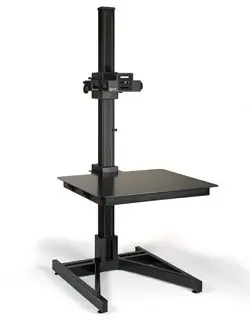Back in the early 2000's there used to be self-contained machines that converted digital images to film. They were never really all that popular. I recall only ONE photographer in my area who actually bought one. My memory's not good on this, but I thought they were called "film burners" or something like that. These were for digital image file conversion to 35mm FILM storage. I tried a number of brief Google searches, but today, the idea is mostly about going the other way, from film to digital, so despite repeated search strings, I got a lot of useless hits. THe majority of digital-to-film now seems centered on cinematic conversions, called "film-out", where the goal is to convert digitally shot cinema productions to film prints.
FILM Recorder, that's the term I believe, now that I've had a couple more minutes to think about it.











![[No title]](/data/xfmg/thumbnail/39/39271-04ff6ce1fbcda2b0d41ad7ee08cff91a.jpg?1734173231)



![[No title]](/data/xfmg/thumbnail/36/36677-3b91df53323d0850489794f28b3b9800.jpg?1734169174)



![[No title]](/data/xfmg/thumbnail/39/39289-c5ea6a611707fdd5786347f4a67d63ae.jpg?1734173256)